Once we laid eyes on the MAX30003 single-lead ECG monitoring chip from Maxim, we were excited to make heart-rate variability available at a much lower cost than the "Professional" patches. This led to development of the MAX30003 single-lead ECG monitor breakout board from ProtoCentral.
One thing led to another and here we are with HeartyPatch, a single-lead ECG and R-R intervals/heart-rate monitoring patch. ECG "patches" have long been a dream and a real need for cardiac risk assessment as well as for high-accuracy fitness and health monitoring.
Chest-based ECG has always been the standard for measurement of ECG, especially R-R intervals and HRV. Although optical sensors are available for HR measurement, their accuracy for the purposes of variability is questionable.
HeartyPatch is a completely open-source project with all schematics, layout, firmware and application software that are made available for download from the links given further down in this page.
Features:
- Single-lead ECG with two electrodes
- On-board connectors for standard disposable electrodes (eliminates the risk of using custom pads).
- Uses ESP32 WiFi/BLE SoC
- Use case for BLE: In a fitness application, data is continuously sent to a the user's smartphone and then optionally to a cloud
- Use case for WiFi: In a home-based monitoring set-up, data is sent to a cloud using WiFi
- Li-Ion battery and charging system on the board
Heartrate variability (HRV) also has numerous other uses apart from the cardiac function. Some of the notable ones include:
- The most obvious - cardiac function and arrhythmia detection. Variation in heartrate and the amount of variance in the heartrate directly corresponds to the Heart rhythm and abnormal rhythms can be detected by algorithms. More information about our studies on this will be published in a future update.
- Mental stress analysis: The two branches of the autonomic nervous system: the sympathetic and the parasympathetic, constantly interact with each other. When a stress event occurs, there is a temporary increase/decrease in blood pressure which leads to a temporary increase/decrease in heartrate, which is reflected in HRV. Check out the reference: for more details. Funcionality to quantify stress will be added to HeartyPatch soon.
- Detection of emotional state: Studies have shown that a person’s emotional state (such happiness, fear, etc.) can be detected from studying HRV. This is specifically useful for evaluation of mental states in persons with intellectual disabilities such as autism, who does not express emotions in the way a normal person would. Read more about this at here.
- Several more applications of heart-rate variability have been identified that range from analysis of ANS (Autonomic Nervous System) dysfunction to even diagnosis of the progression of diseases and conditions such as Alzheimer’s, diabetes, stroke and epilepsy. Once you understand the basics of how the ANS function is reflected in heartrate, there is no limit as to what applications can be built around this technology.
By making this project open-source and available, we intend to lower the barriers of entry in to heartrate variability studies without worrying about intellectual property or NDAs to sign. We have made some incredible progress that we hadn't expected ourselves, but now we intend to let the community build more interesting applications and projects around this.
What's left to be desired:
- Improving the wearability and aesthetics of the enclosure. This would require some level of physical design.
- Implementation of machine learning classifiers to detect even more types of Arrhythmia.
 Ashwin K Whitchurch
Ashwin K Whitchurch



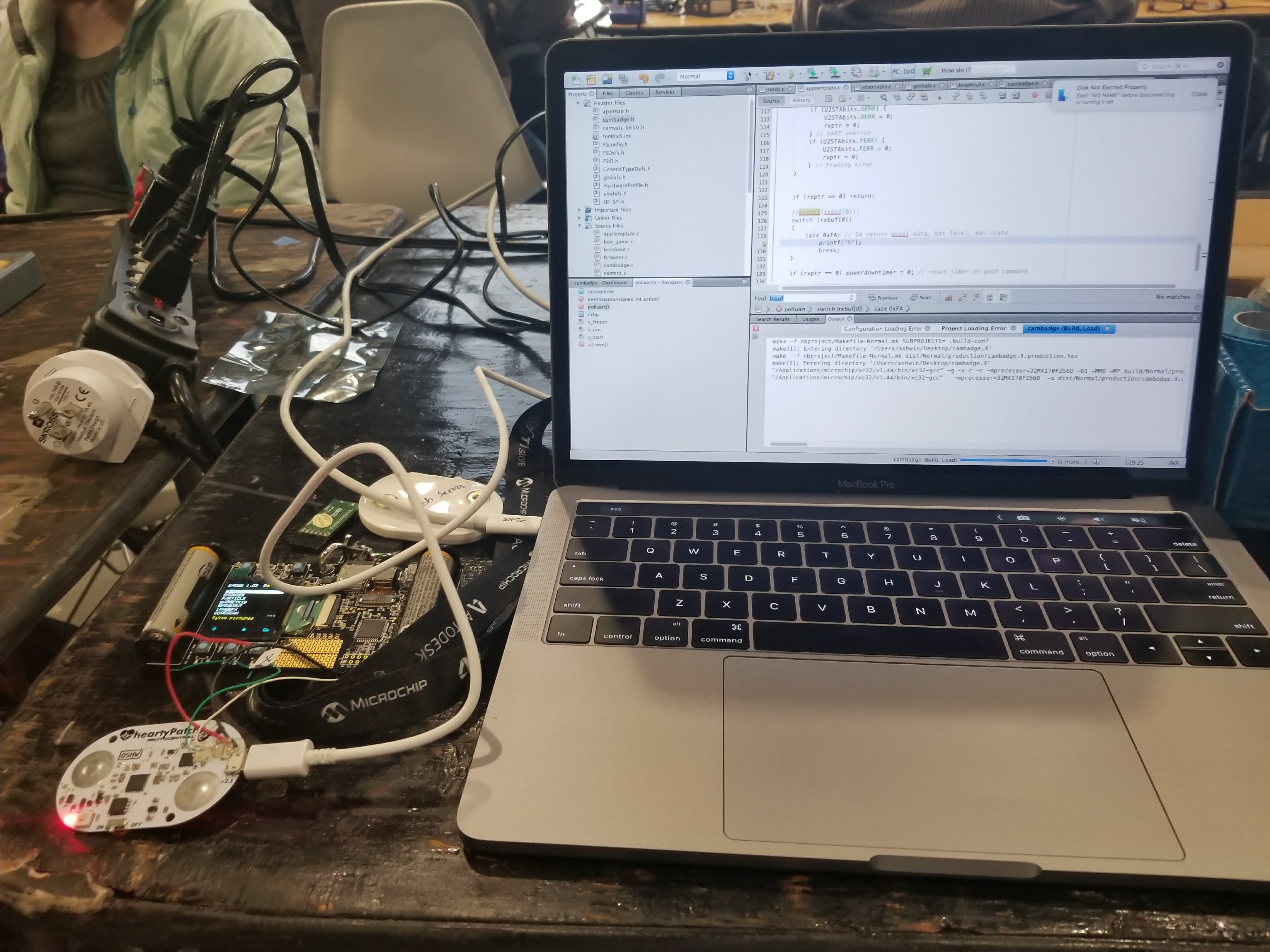
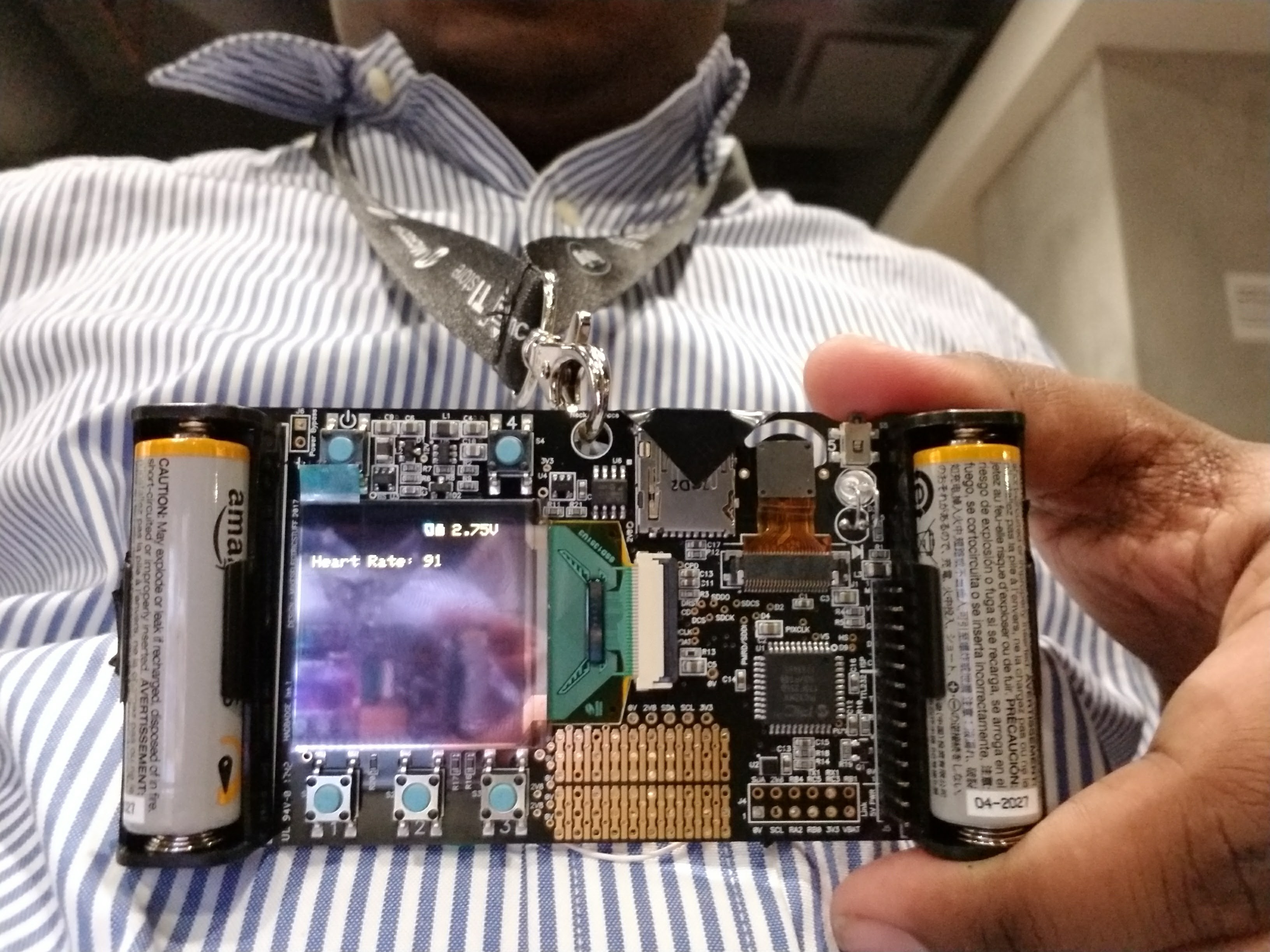
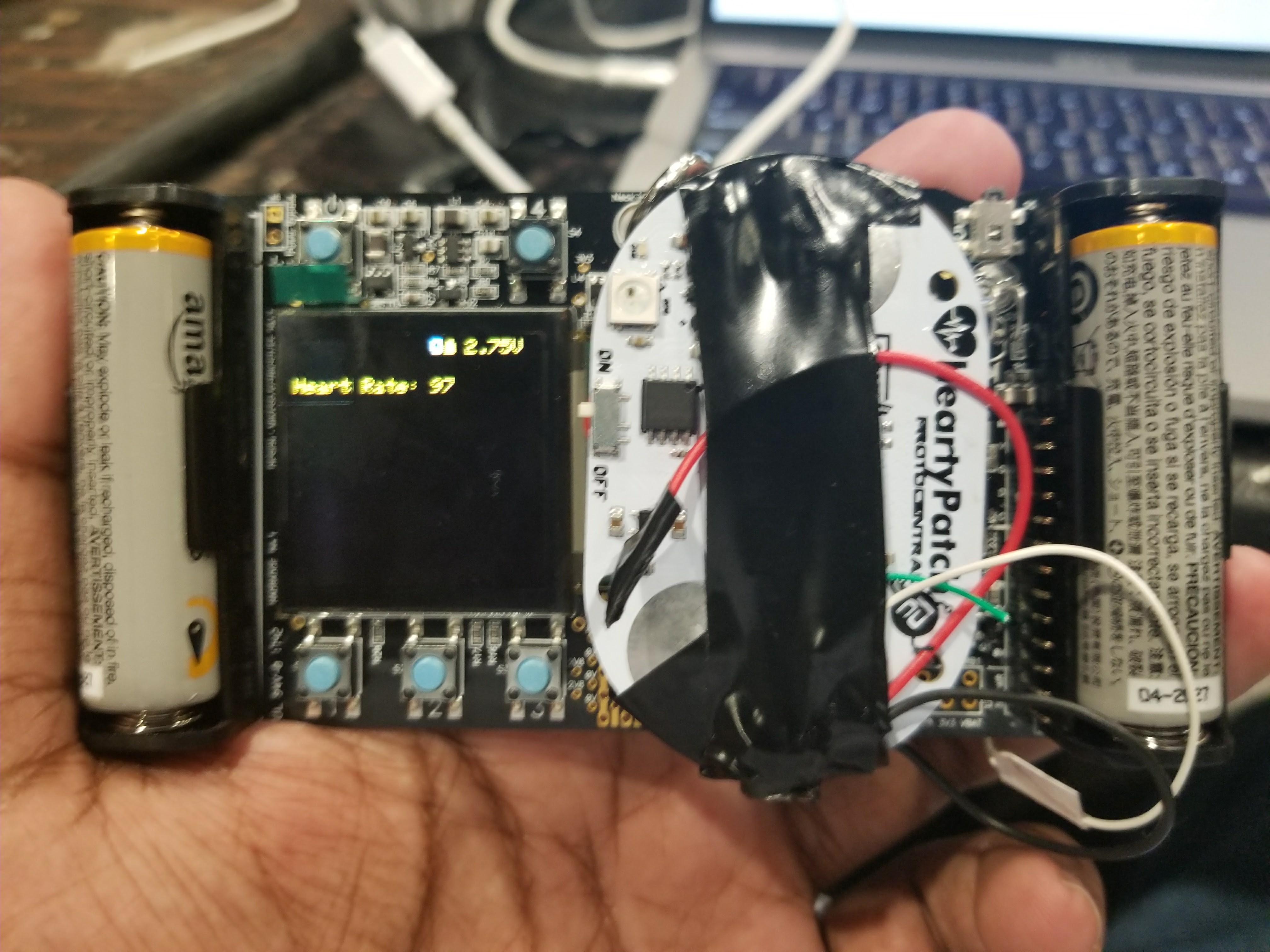
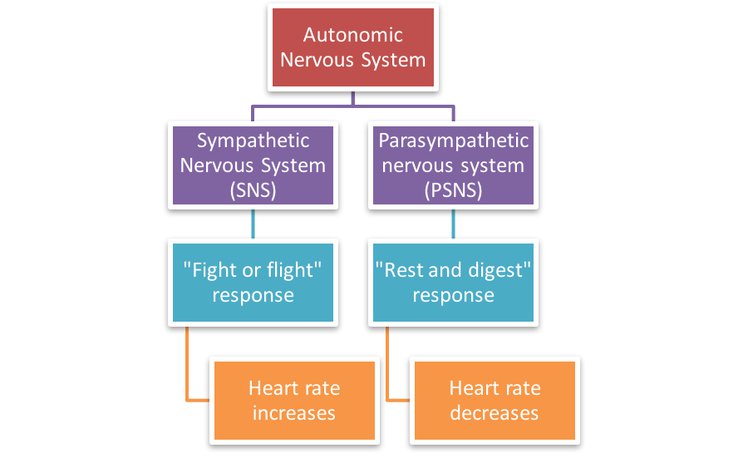

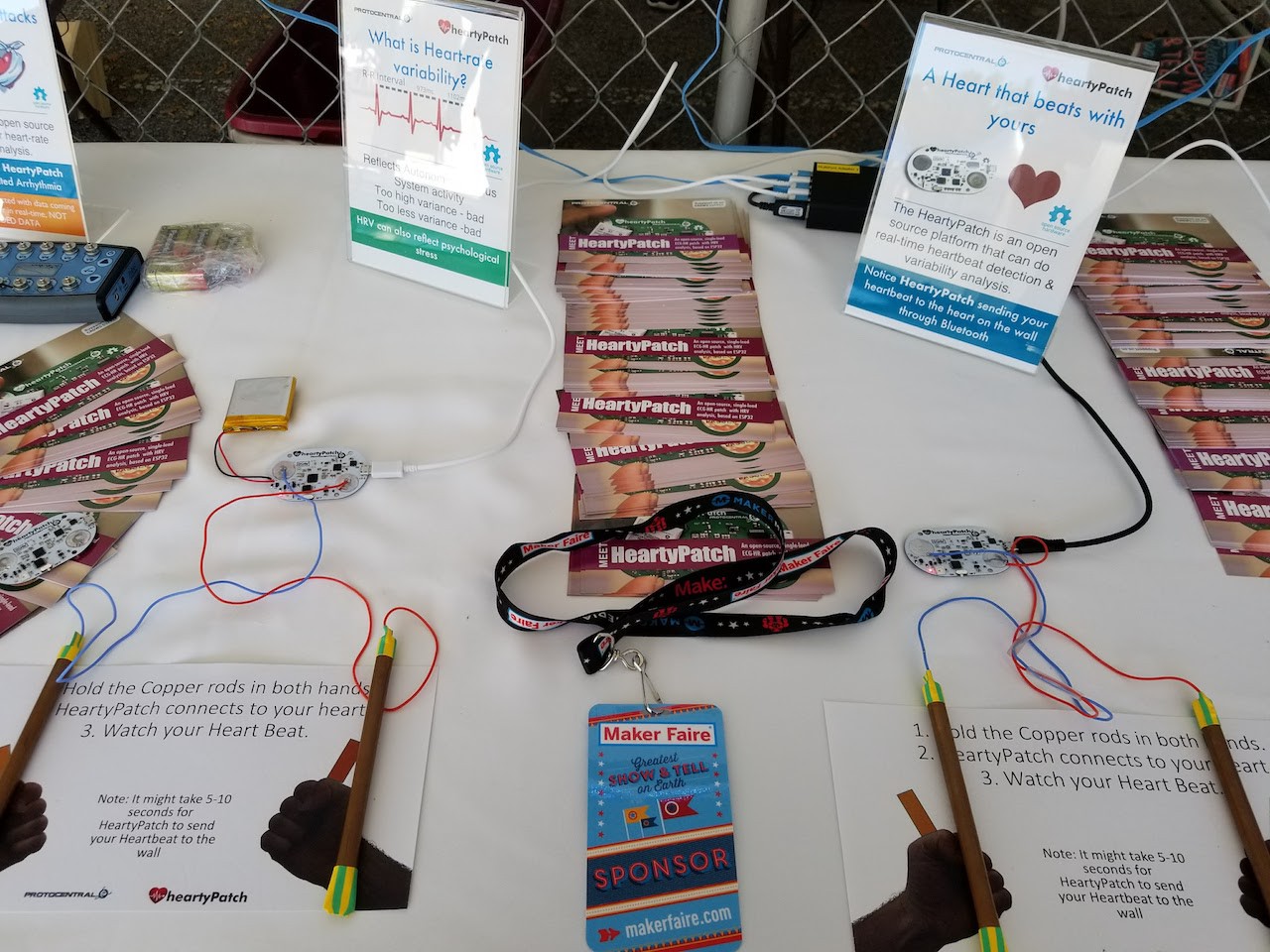

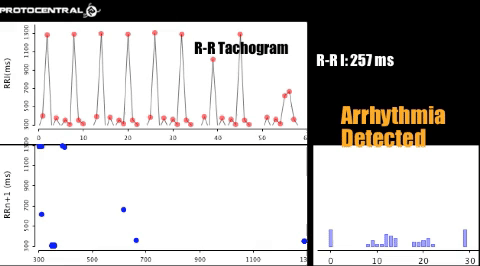








 Samuel Wantman
Samuel Wantman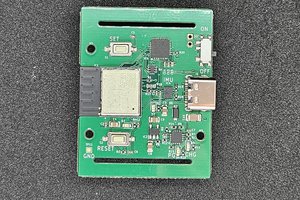
 YJ
YJ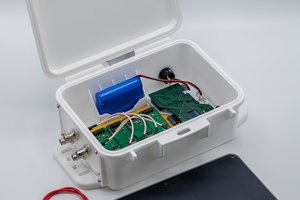
 Shah Selbe
Shah Selbe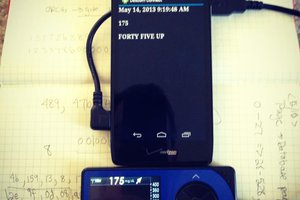
 John Costik
John Costik
I am trying to make this project on my own, Since its not available. But this project seems archived and I have a trouble getting the proper BOM. The link to the BOM seems obsolete. Is there any way I can get the BOM, or something that would get me on the track.